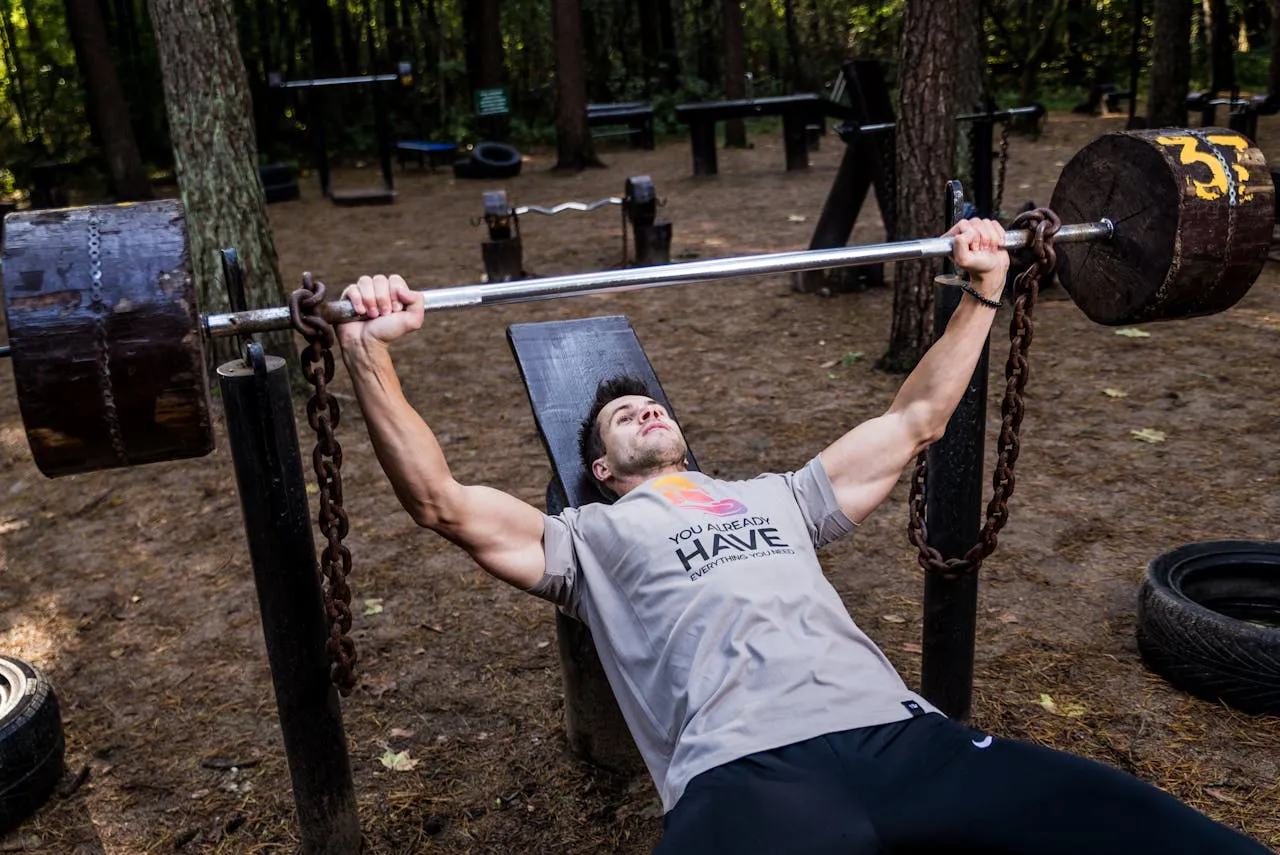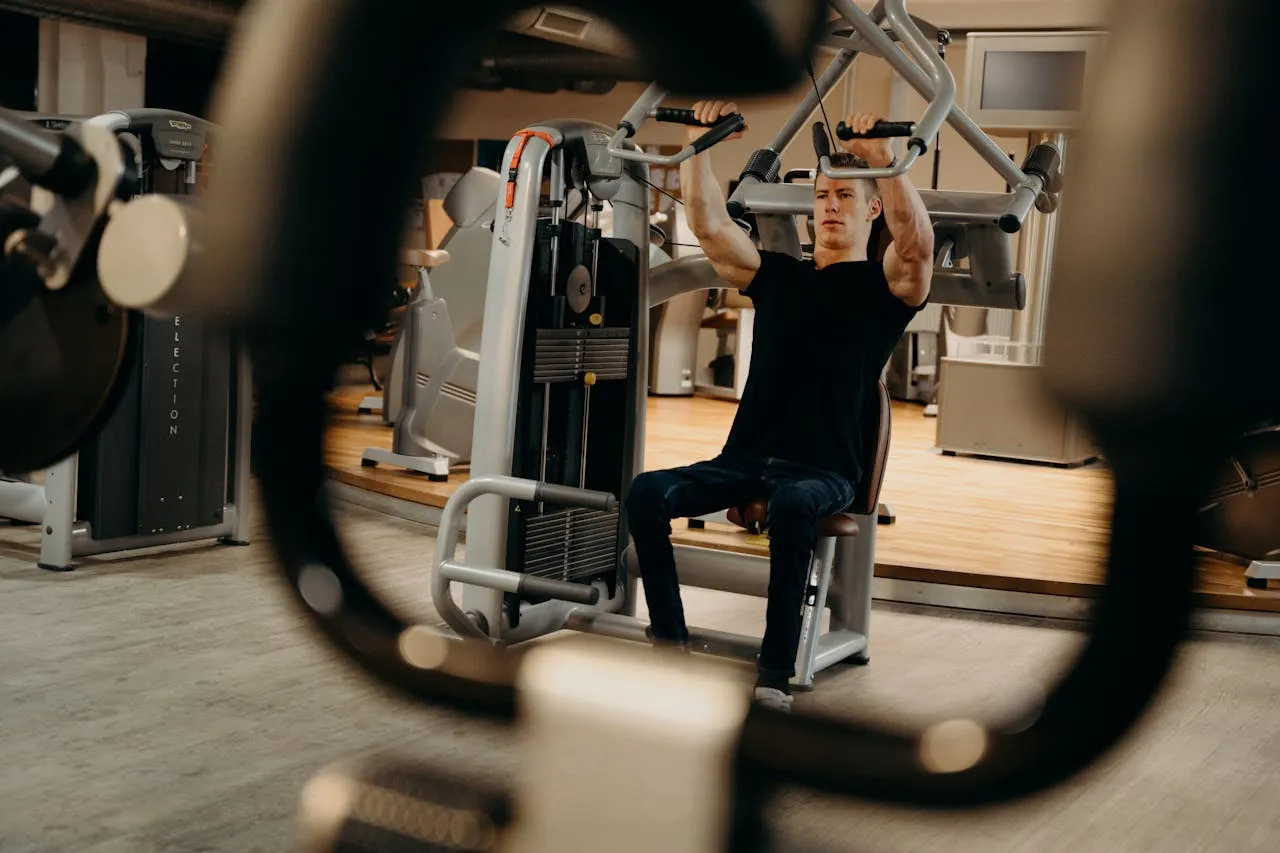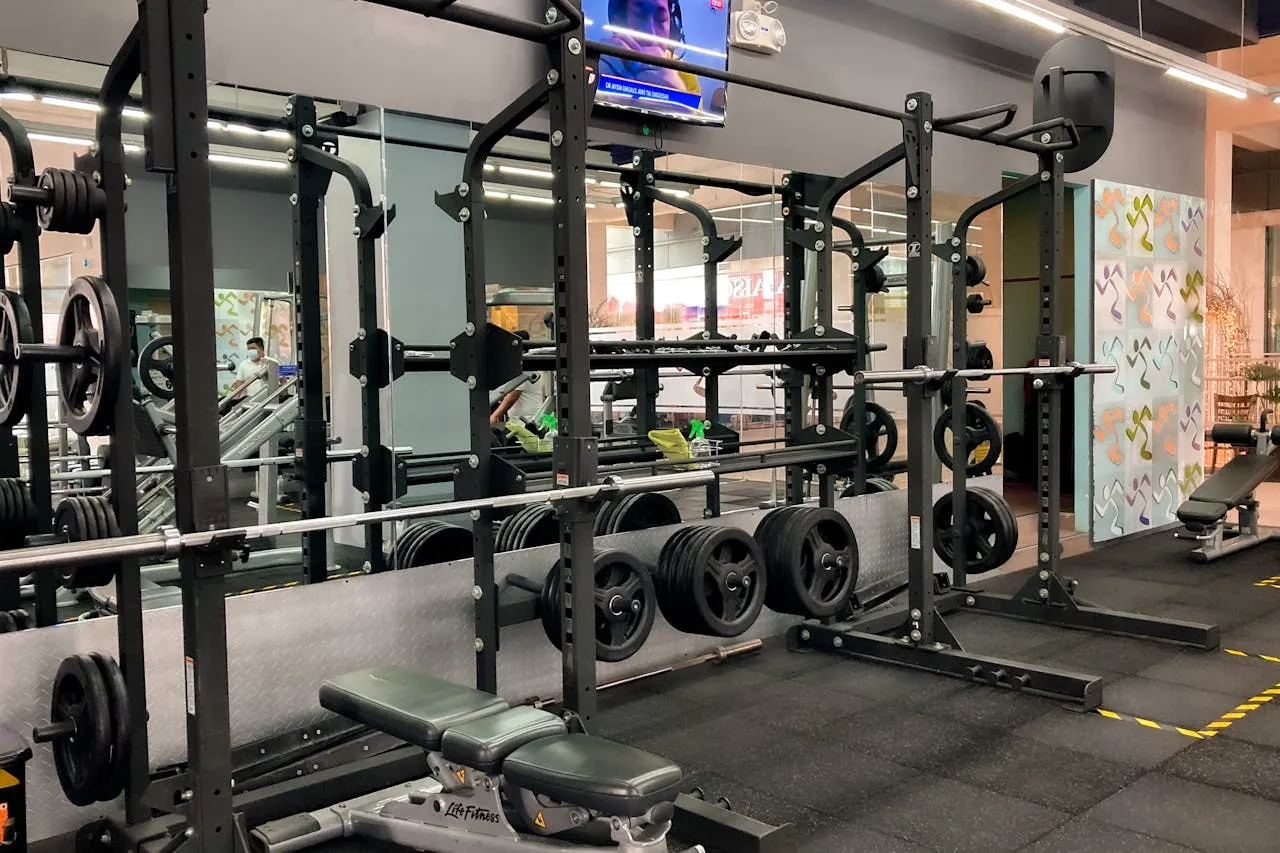 Friday, November 22, 2024
Friday, November 22, 2024Push-Pull Training: The Perfect Method for Muscle Building and Strength Enhancement
The push-pull training is a structured approach to training in which muscle groups are divided according to their direction of movement: 'Push' for pressing movements and 'Pull' for pulling movements. This approach is ideal for promoting muscle growth, preventing injuries, and achieving balanced muscle development.
In this blog, we delve deeply into the theory and practice of push-pull training. Additionally, we provide you with a detailed plan and insights into scientific studies that confirm the effectiveness of this method.

Why Push-Pull Training?
Unlike nonspecific full-body workouts, push-pull training offers a clear structure. The benefits at a glance:
Targeted Load: As push and pull movements are trained on different days, the load remains balanced.
Better Recovery: Muscle groups that were intensely worked on one day have time to recover the next day.
Reduced Risk of Injury: One-sided strains due to the neglect of certain muscle groups are avoided.
Adaptability: Whether you are a beginner or advanced, push-pull can be flexibly tailored to your level and goals.

What Does 'Push' and 'Pull' Mean?
Push Exercises: All movements where you exert force to push something away from you. Examples include bench press, shoulder press, or push-ups. Target muscle groups: chest, shoulders, triceps.
- Pull Exercises: Movements where you pull a weight towards you, such as pull-ups, rows, or bicep curls. Target muscle groups: back, biceps, rear shoulders.
This classification ensures a balanced workout for all muscle groups and prevents muscular imbalances.

The Push-Pull Training Plan
A classic push-pull plan consists of two main days: one for push and one for pull exercises. Additionally, you can add a third day for leg training.
Basic Plan (3-Day Split):
| Day | Muscle Groups | Example Exercises |
|---|---|---|
| Push | Chest, Shoulders, Triceps | Bench press, Shoulder press, Push-ups, Dips, Tricep presses with the dumbbell |
| Pull | Back, Biceps | Pull-ups, Rows (Barbell/Cable), Lat pulldowns, Bicep curls |
| Legs | Quadriceps, Hamstrings, Calves | Squats, Deadlifts, Lunges, Calf raises |

Implementation Details:
Repetitions & Ssets:
Hypertrophy (Muscle Growth): 3-4 sets of 8-12 repetitions.
Strength Increase: 4-5 sets of 4-6 repetitions with heavy weight.
Intensity:
Choose a weight that allows you to perform the last repetitions cleanly, just barely.
Rest Between Sets:
Hypertrophy: 60-90 seconds
Strength: 2-3 minutes
Training Frequency:
Beginners: 3 training sessions per week (Push-Pull-Legs).
Advanced: 4-6 sessions (push-pull-legs repeating).

Advanced Plans for Experienced Individuals
A push-pull plan can be individually tailored. Experienced lifters can, for example, alternate between upper and lower body exercises or incorporate isolation exercises.
Push-Pull Plan (6-Day Split):
| Day | Muscle Groups | Example Exercises |
|---|---|---|
| Day 1 | Push (Upper Body) | Incline bench press, Shoulder press, Dips, Tricep presses |
| Day 2 | Pull (Upper Body) | Pull-ups, Barbell rows, Bicep curls, Face pulls |
| Day 3 | Legs | Squats, Deadlifts, Leg press, Calf raises |
| Day 4 | Push (Upper Body) | Flat bench press, Arnold press, Push-ups, Tricep kickbacks |
| Day 5 | Pull (Upper Body) | T-Bar rows, One-arm dumbbell rows, Concentration curls, Shrugs |
| Day 6 | Legs | Front squats, Romanian deadlifts, Lunges, Hip thrusts |
| Day 7 | Rest | Recovery |

Scientific Background
Studies show that split systems like push-pull are not only effective for muscle growth but also optimal for injury prevention.
Muscle Growth: A meta-analysis (Sports Medicine, 2017) indicates that a higher training volume through the division of muscle groups is possible. This significantly favors muscle growth compared to nonspecific full-body plans.
Recovery: According to a study in the Journal of Strength and Conditioning Research, push-pull training enables better recovery, as antagonistic muscle groups (e.g., biceps and triceps) are not loaded on consecutive days.
- Long-term Progress: A report from the American Council on Exercise emphasizes that balanced training plans that combine push and pull exercises reduce the risk of muscular imbalances and thus ensure long-term progress.

Common Mistakes in Push-Pull Training and How to Avoid Them
Imbalance Between Push and Pull: Ensure to train both directions equally intensely to prevent imbalances.
Incorrect Technique: Especially with basic exercises such as squats or bench presses, a clean execution is essential.
Overtraining: Even though push-pull training is efficient, insufficient recovery is counterproductive. Allow your body regular breaks.
- Unilateral Training: Incorporate variety by alternating between machines, free weights, and bodyweight exercises.

Summary and Conclusion
The push-pull training is a versatile and effective training approach that optimally promotes muscle growth and strength. Whether you are a beginner or a professional – with the right planning, you can maximize the benefits of your training.
Plan your exercises, continuously increase the intensity, and ensure that recovery is an integral part of your program. Focus on quality rather than quantity, and you will not only see progress but also stay injury-free in the long run.
Wishing you success and strong gains! 💪
Sources:
Schoenfeld, B. J. et al. Effects of Resistance Training Frequency on Muscular Strength and Hypertrophy.
Published in the Journal of Strength and Conditioning Research (2019), studies the effects of training frequencies on muscle growth and strength.
Dankel, S. J., et al. The Influence of Resistance Training Frequency on Muscular Adaptations.
A meta-analysis in the Sports Medicine Journal (2017), showing that split systems like push-pull are more efficient for muscle building than full-body training.
American Council on Exercise (ACE):
This organization emphasizes in various reports how balanced training plans can prevent injuries and reduce muscular imbalances.


